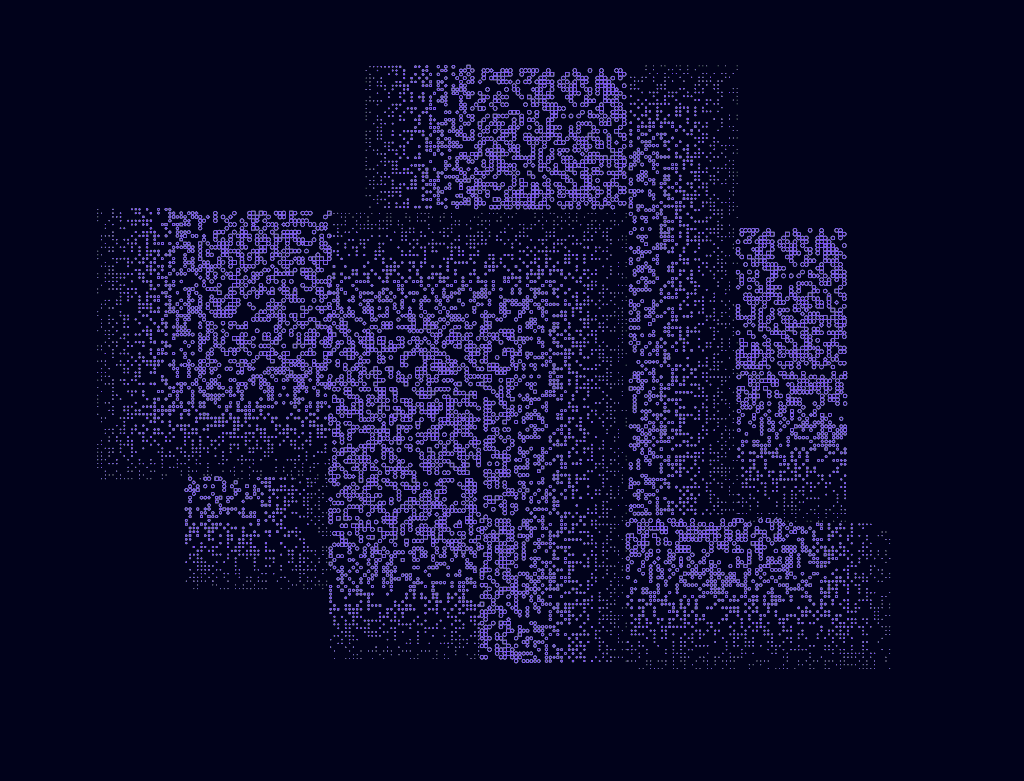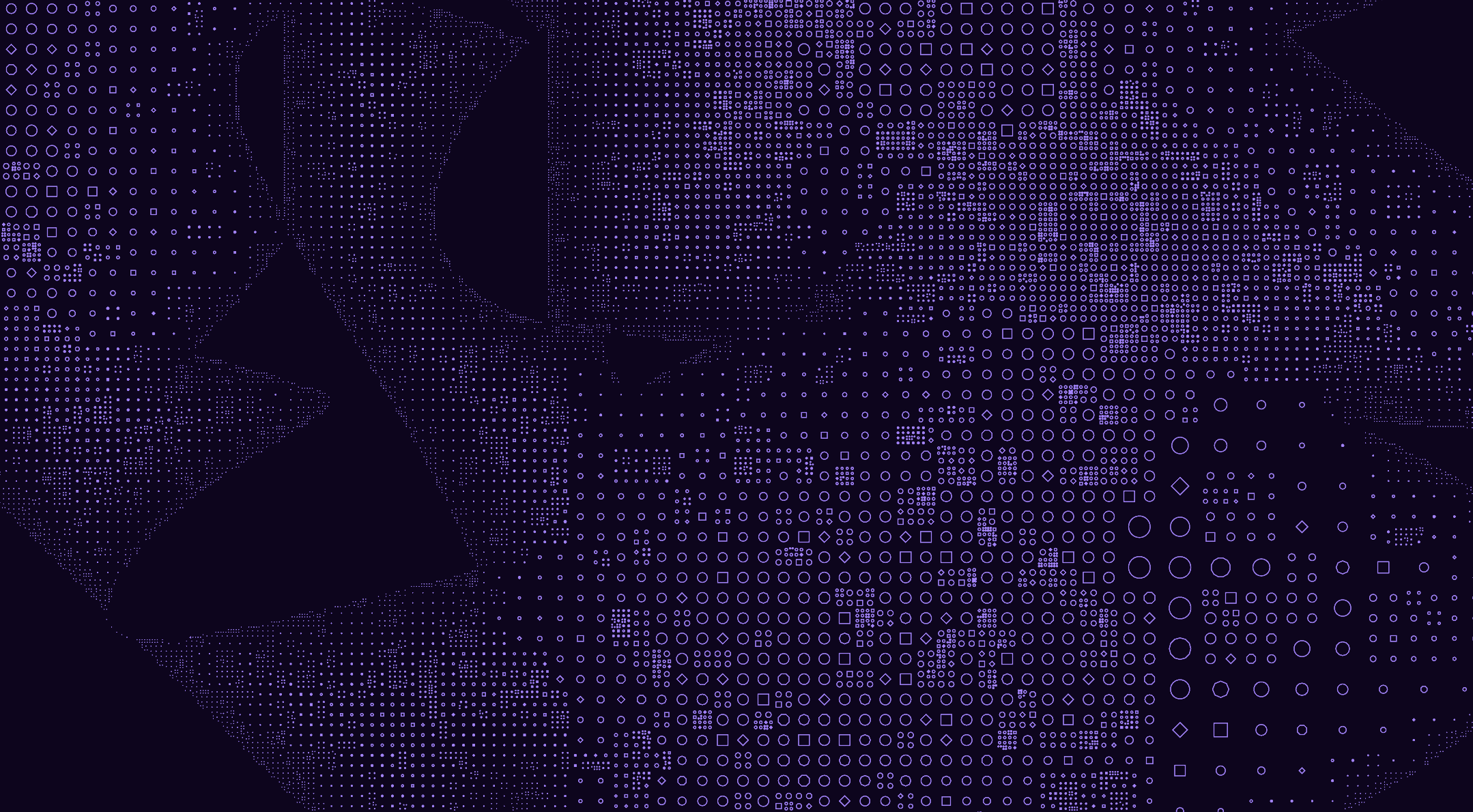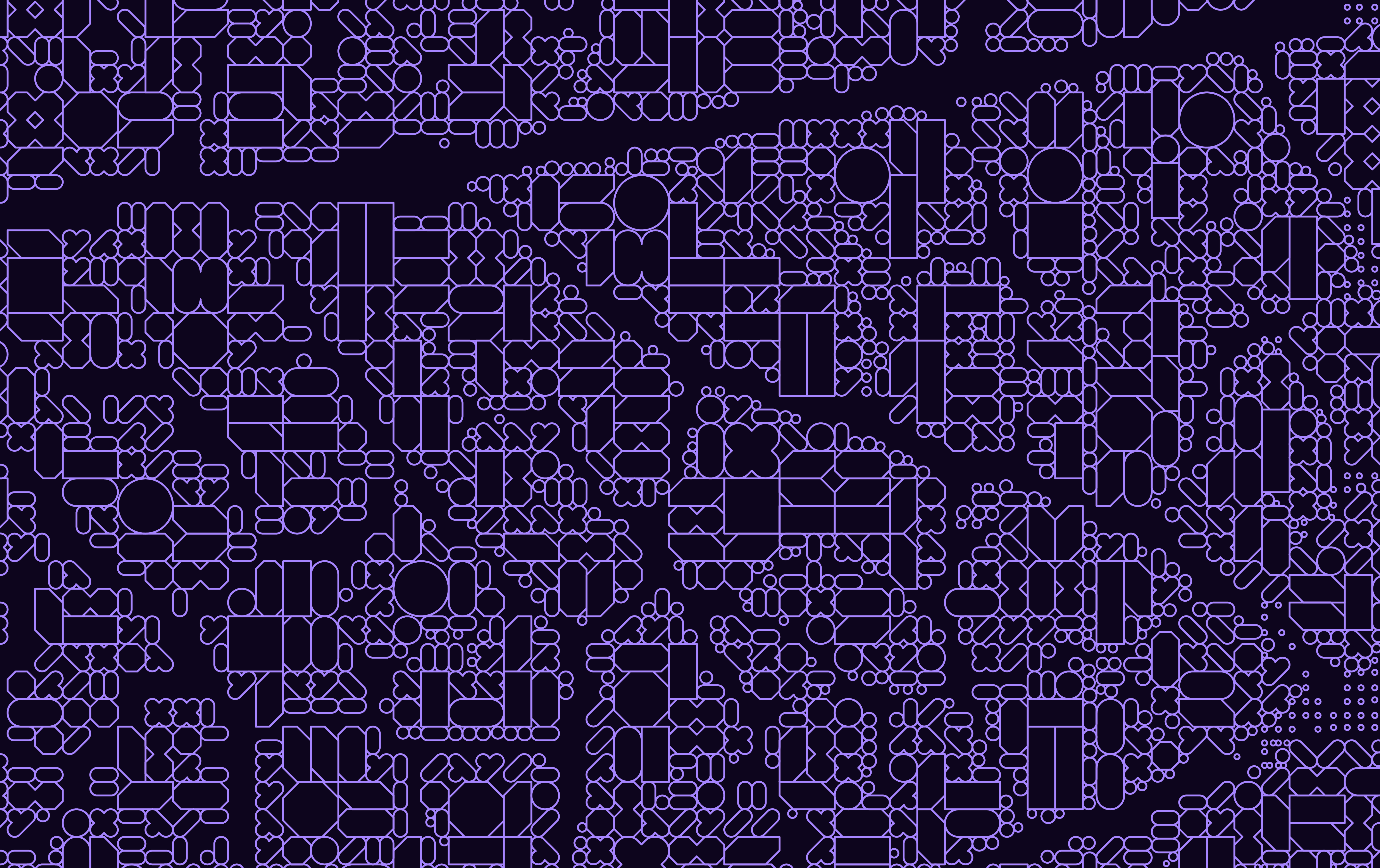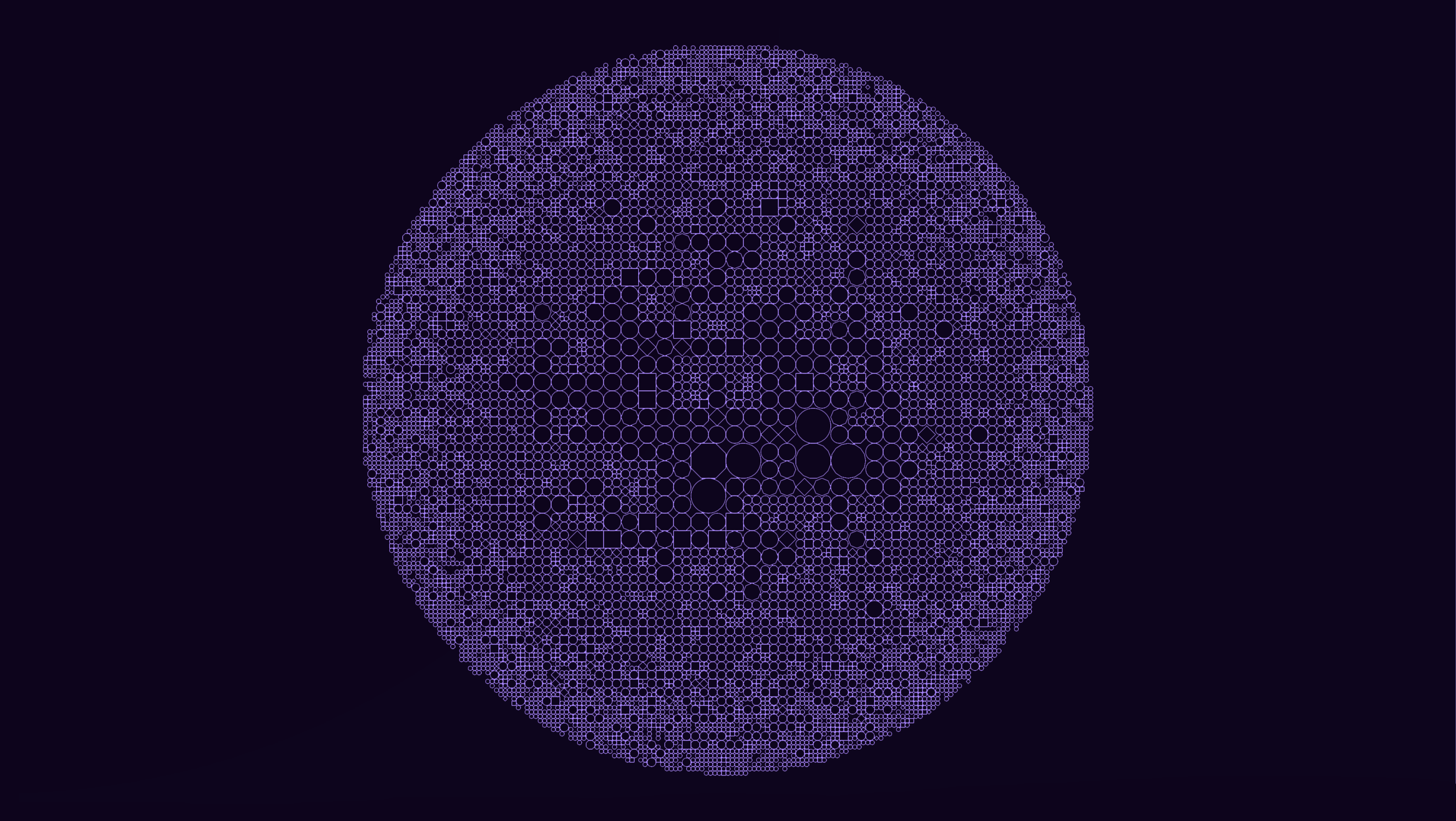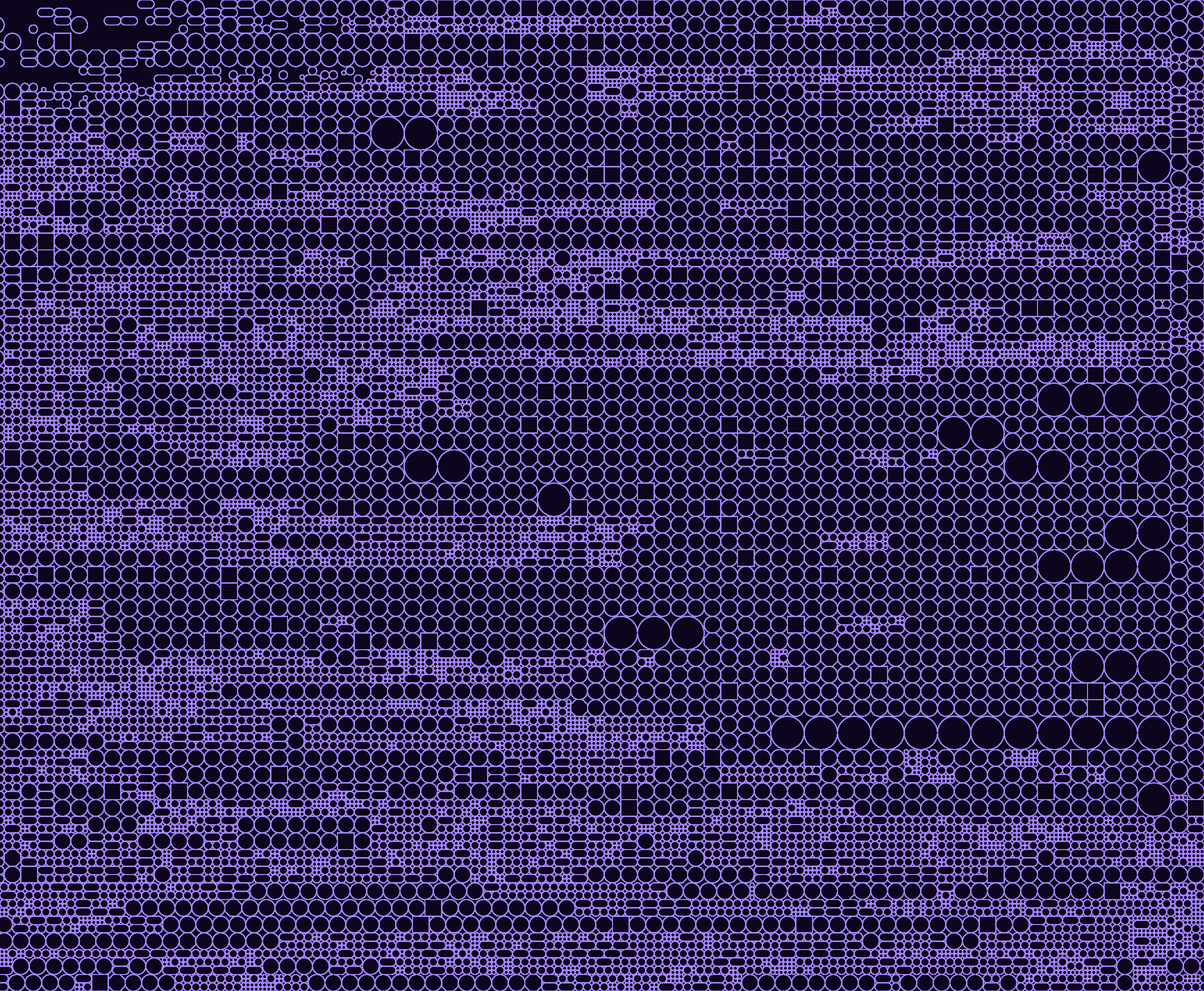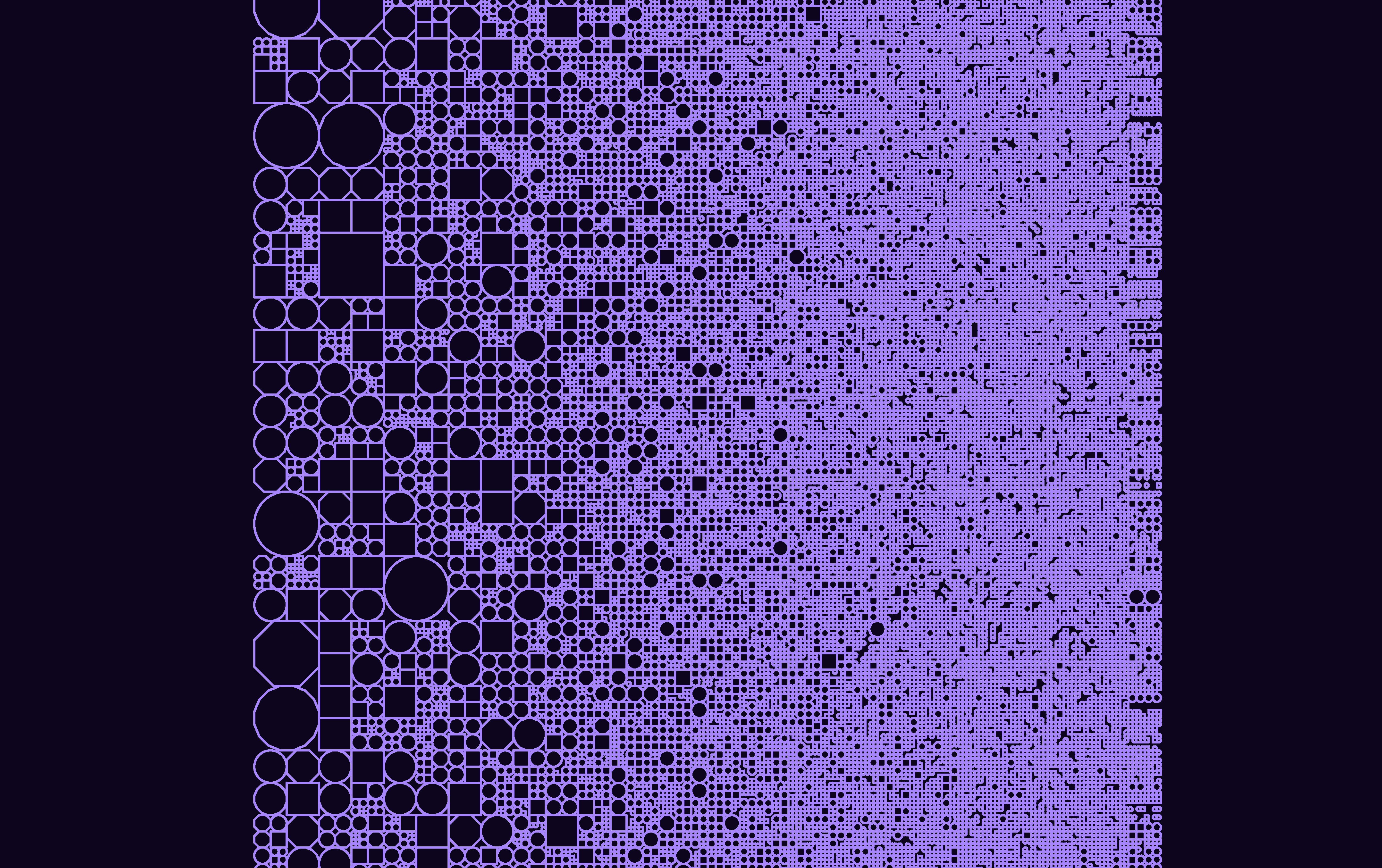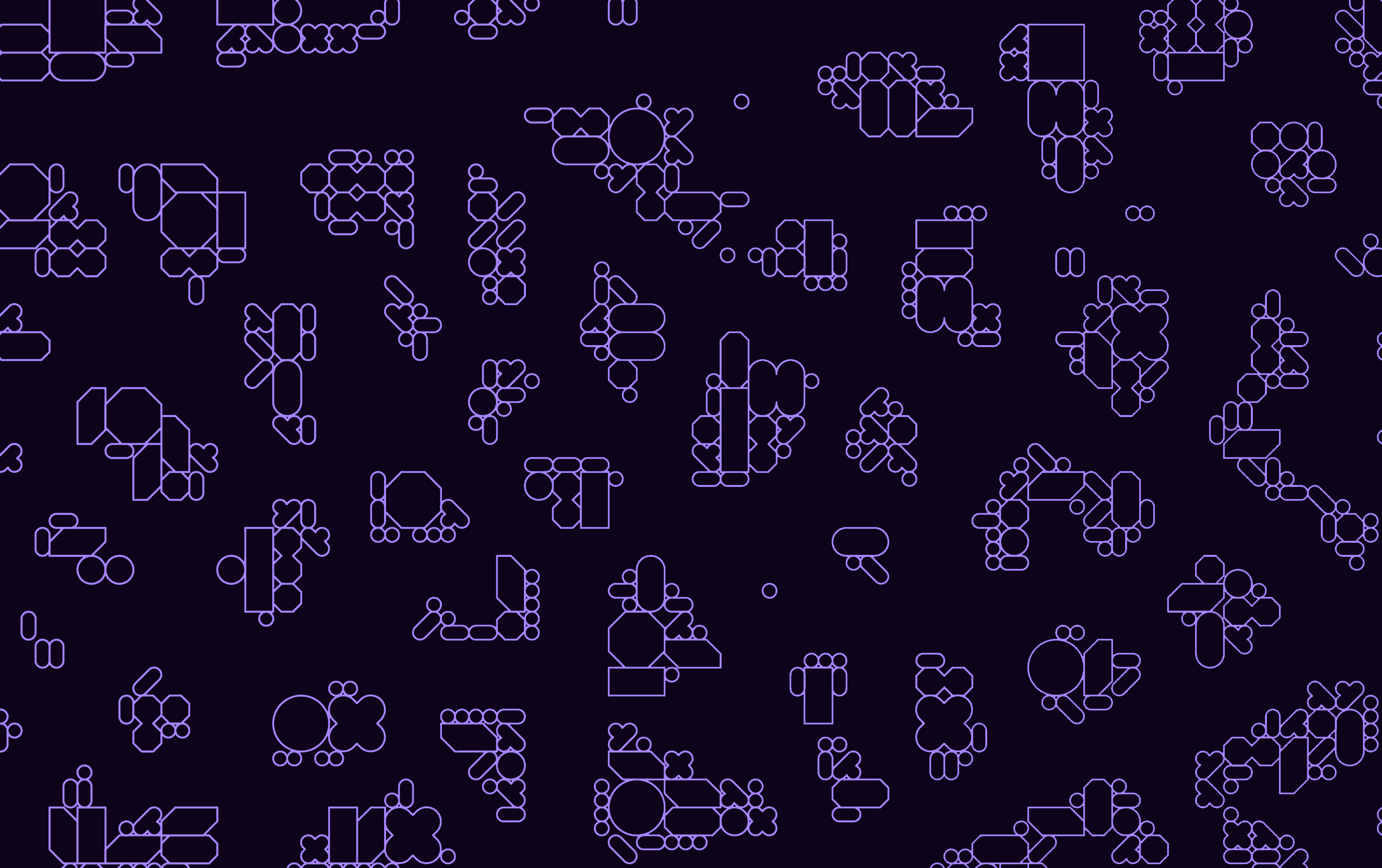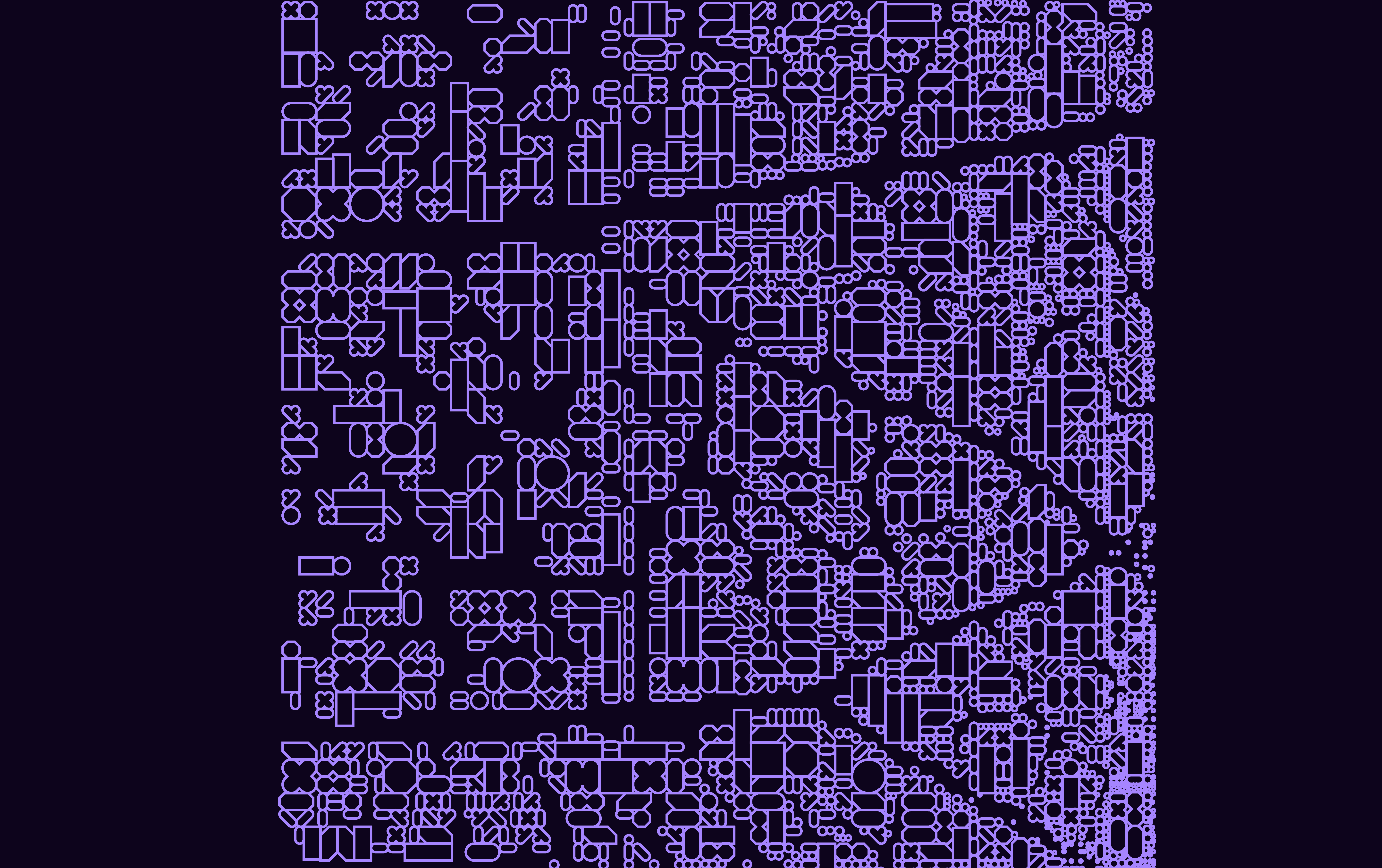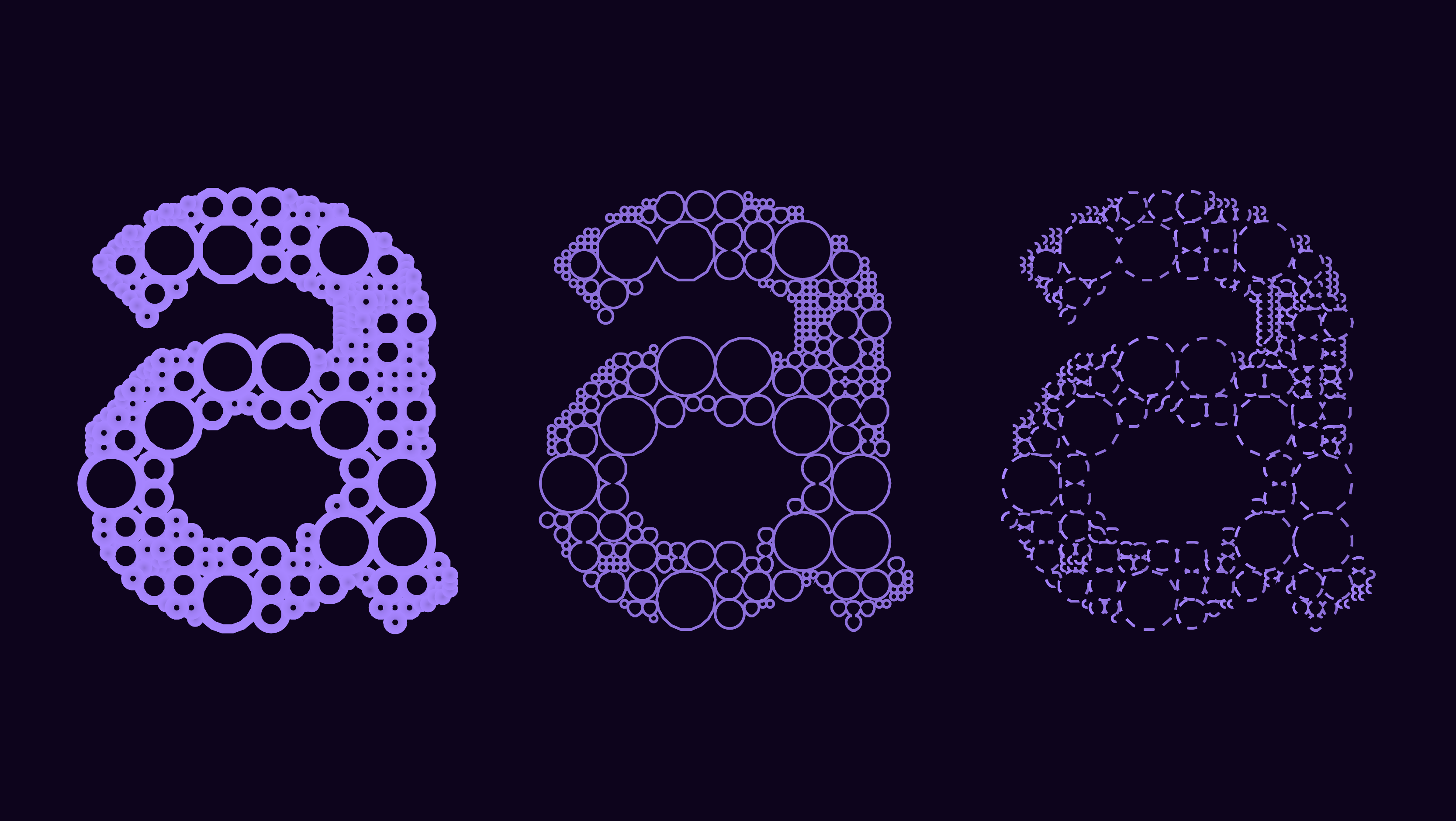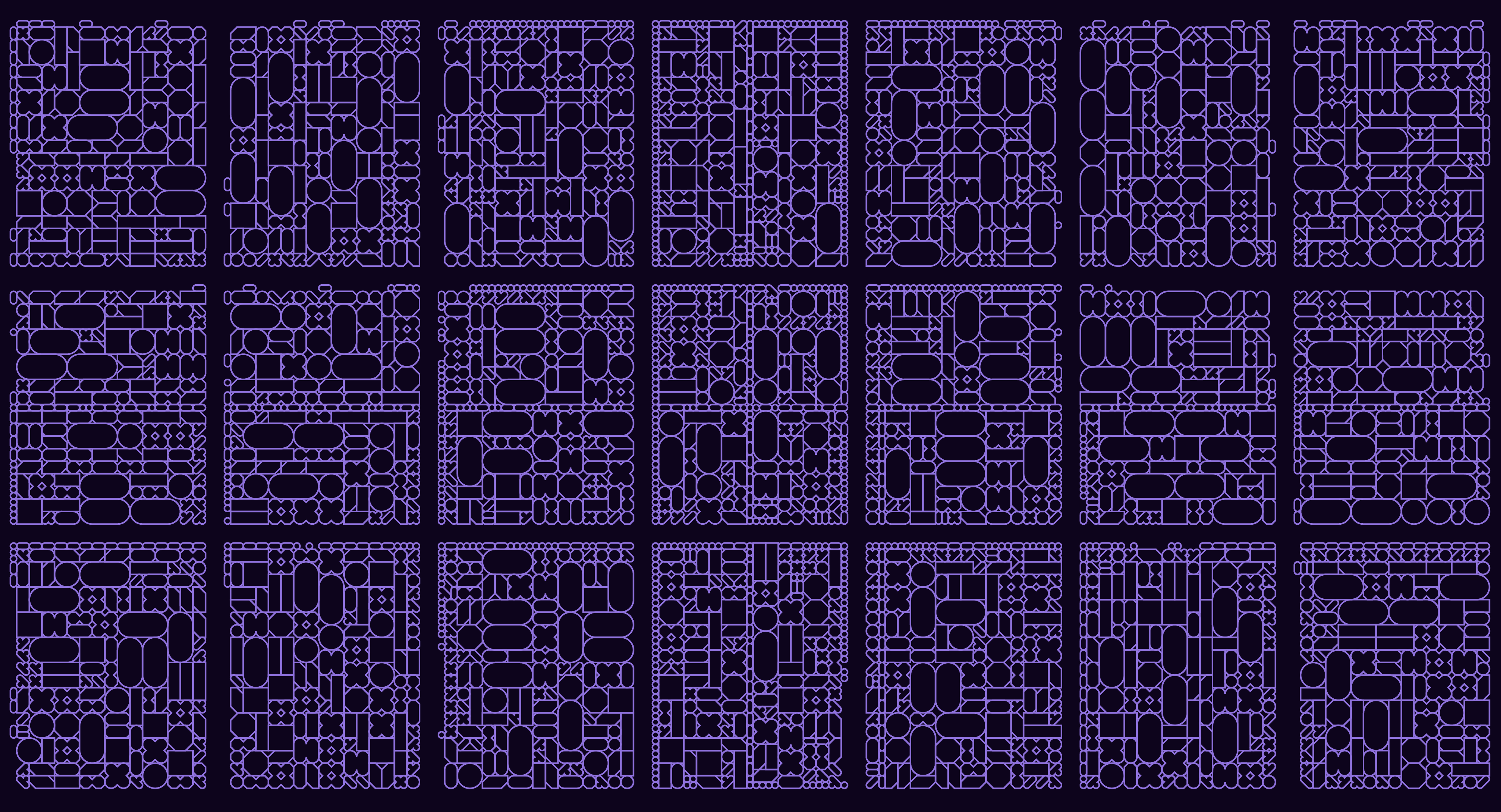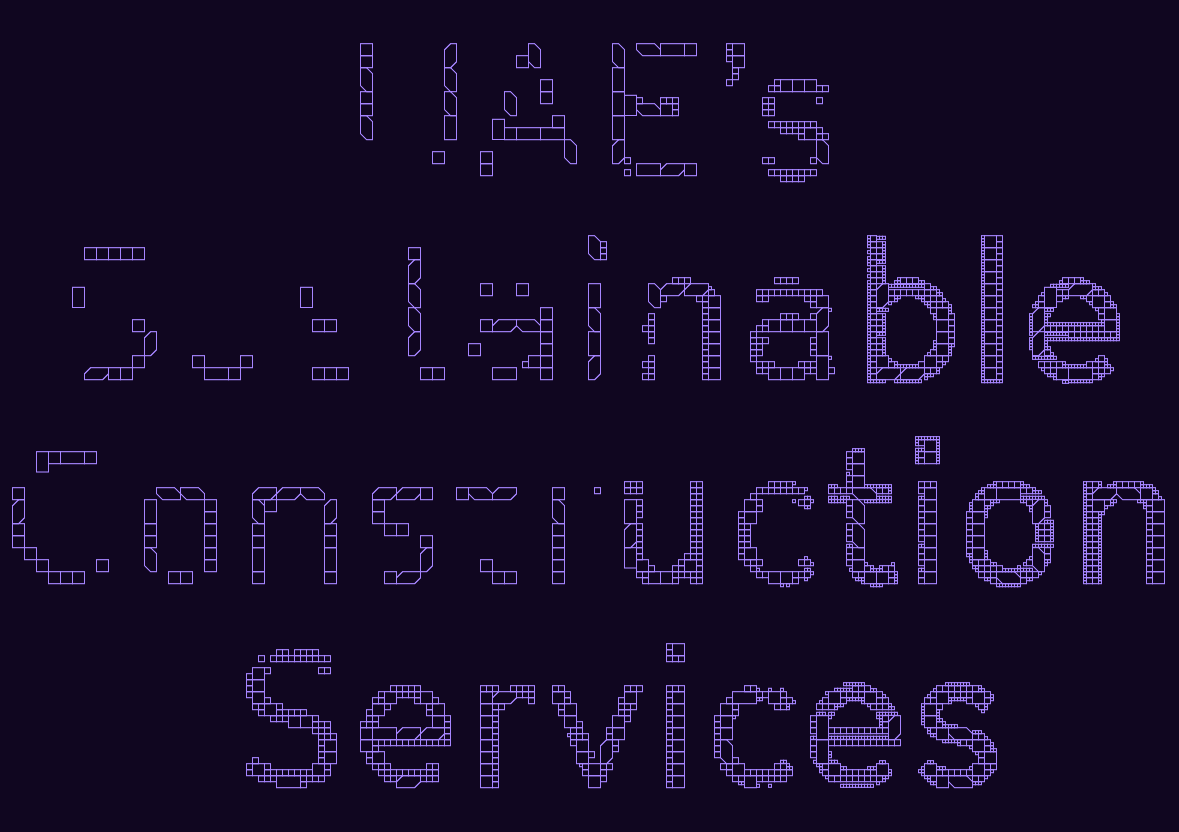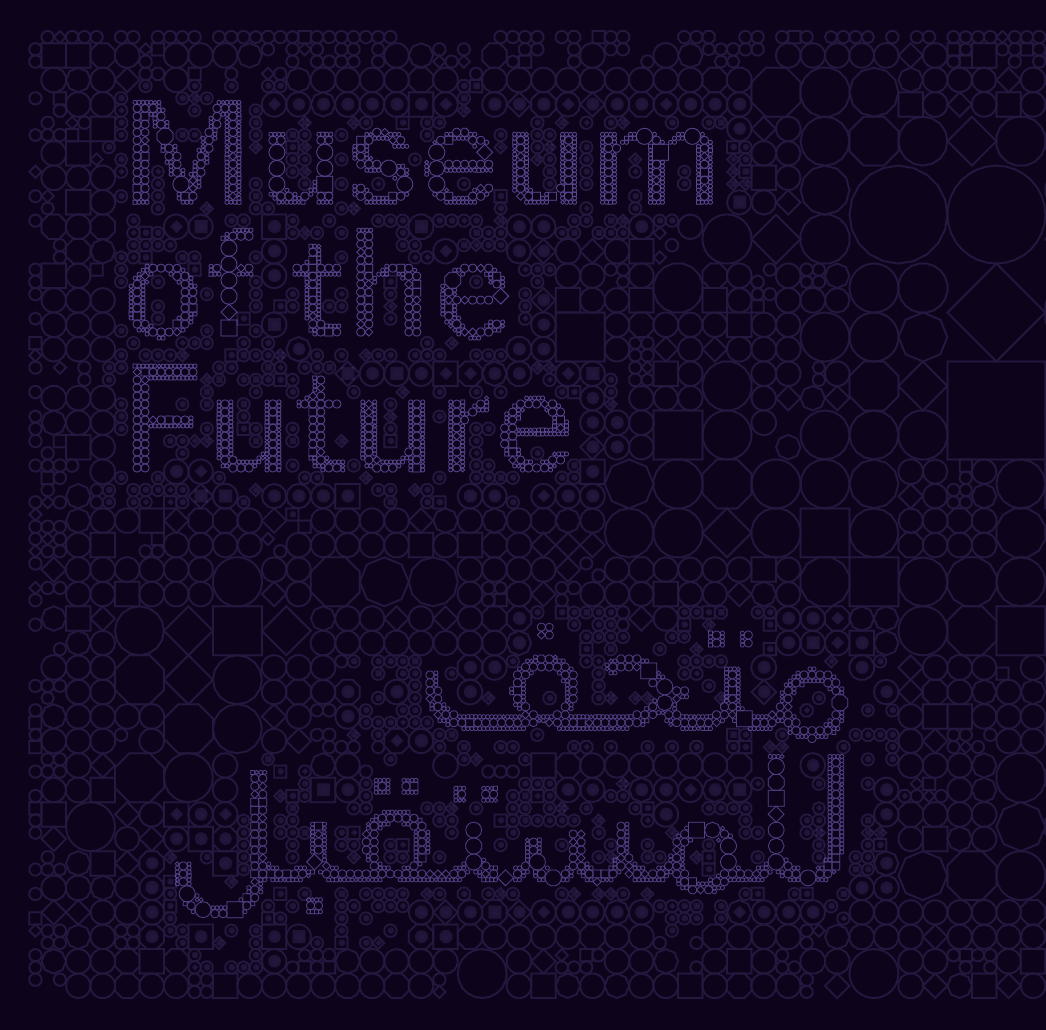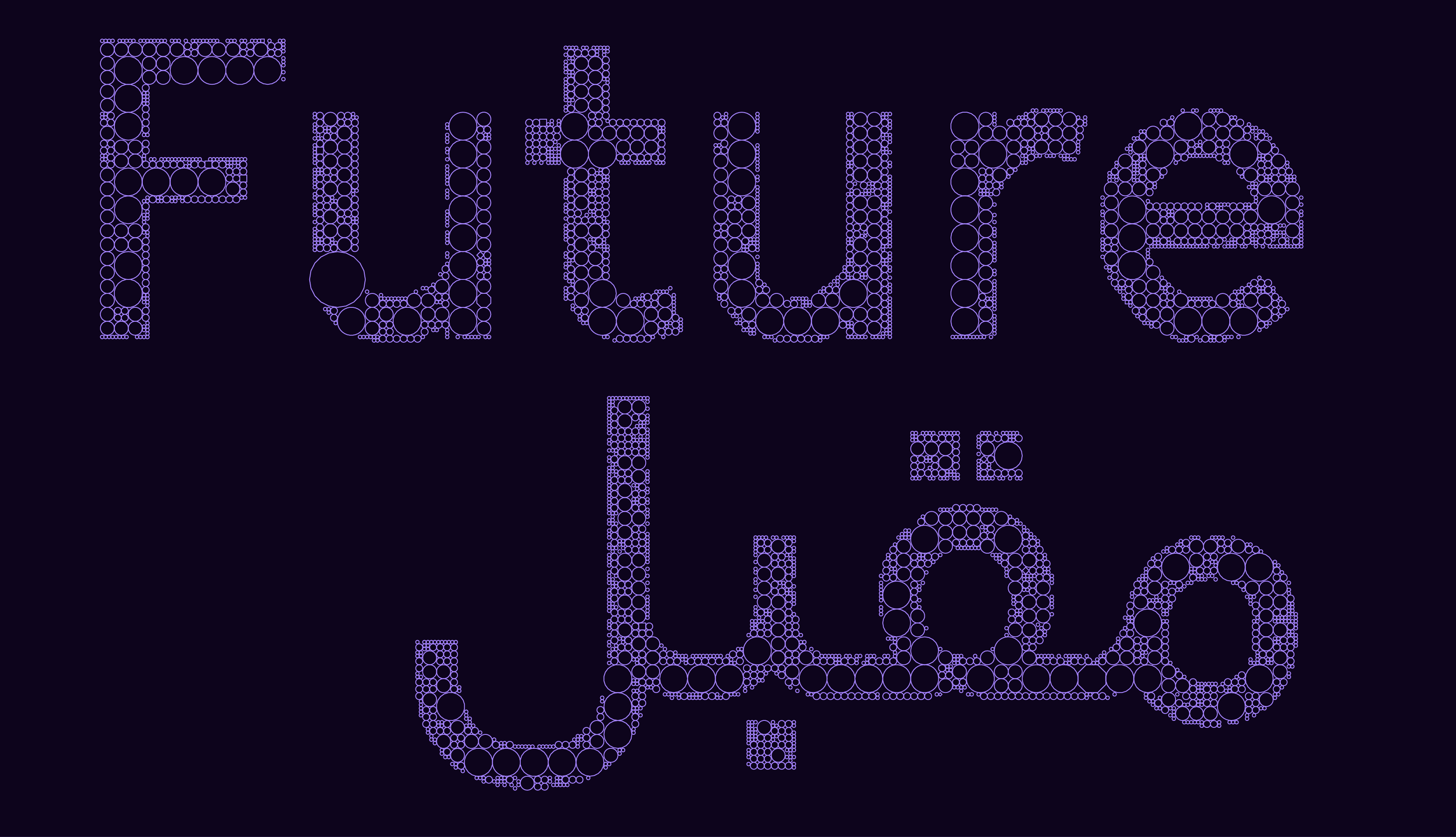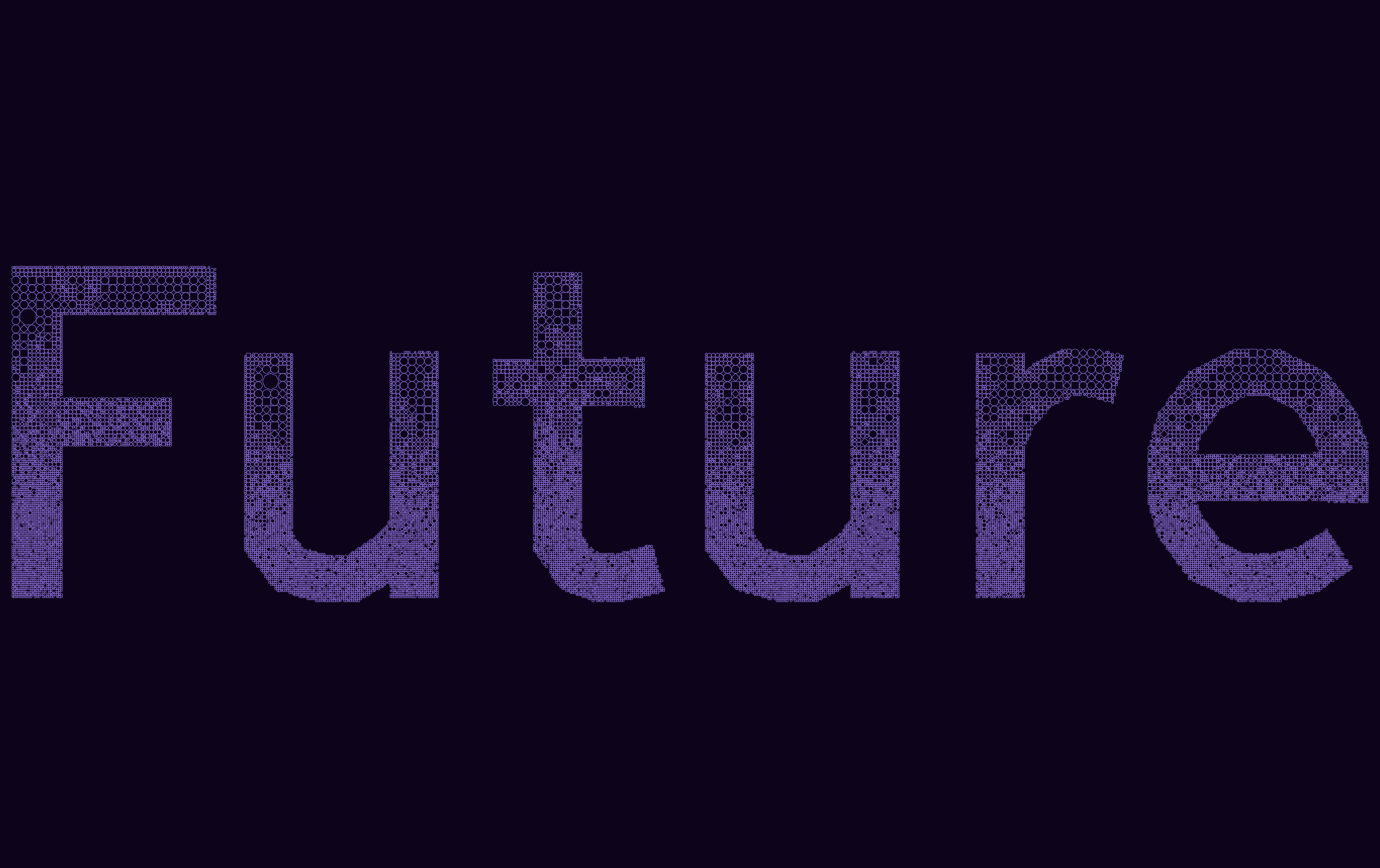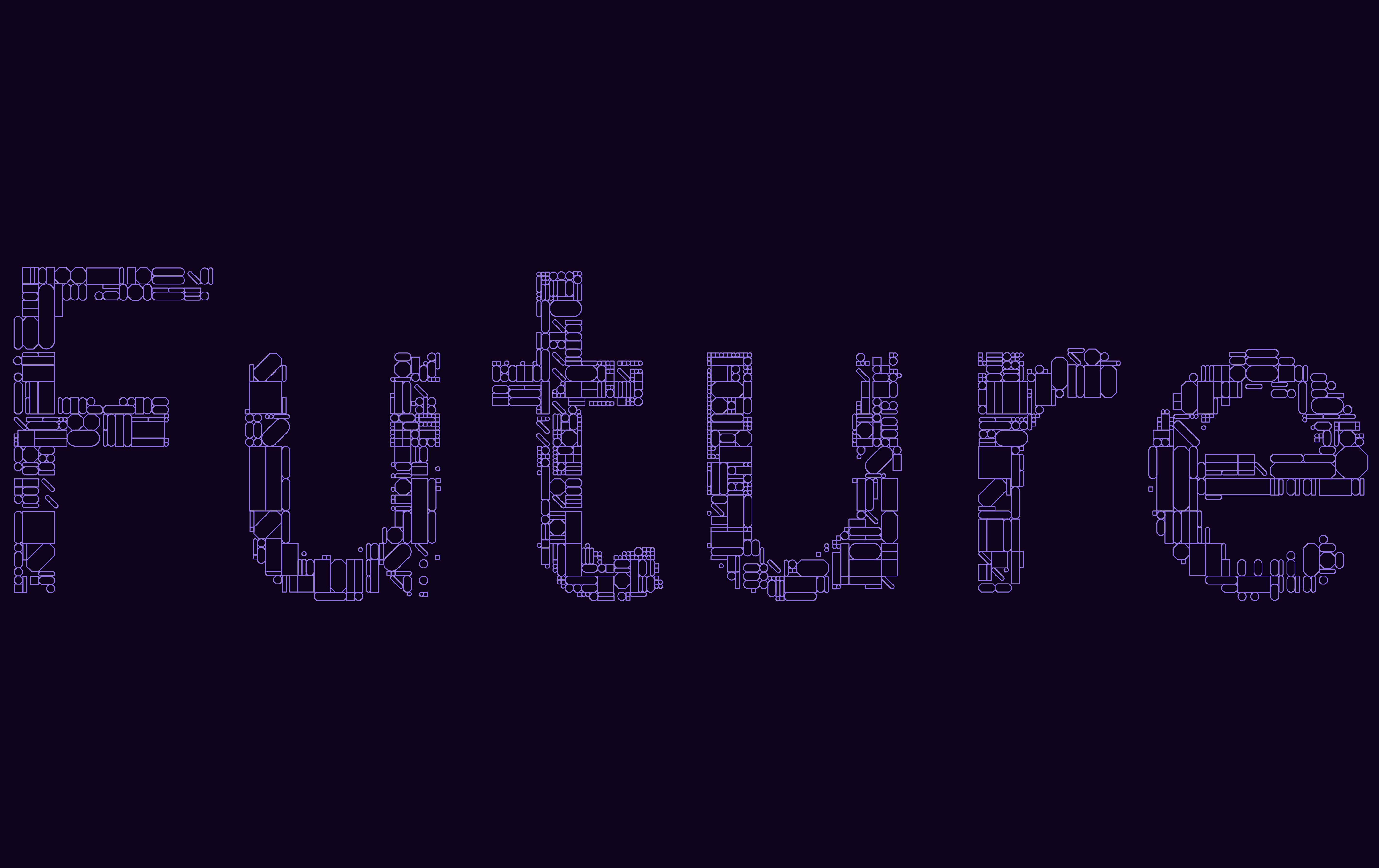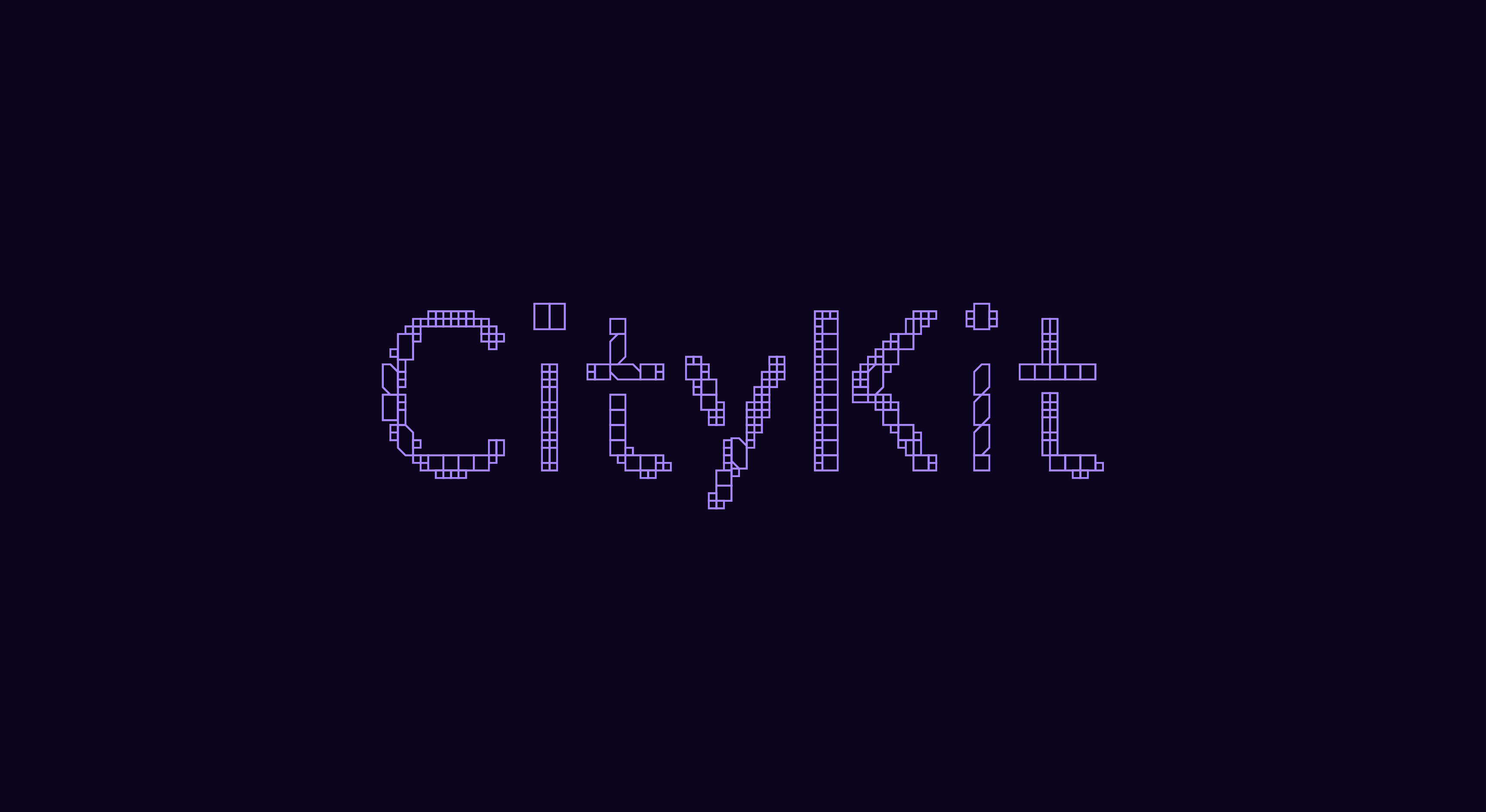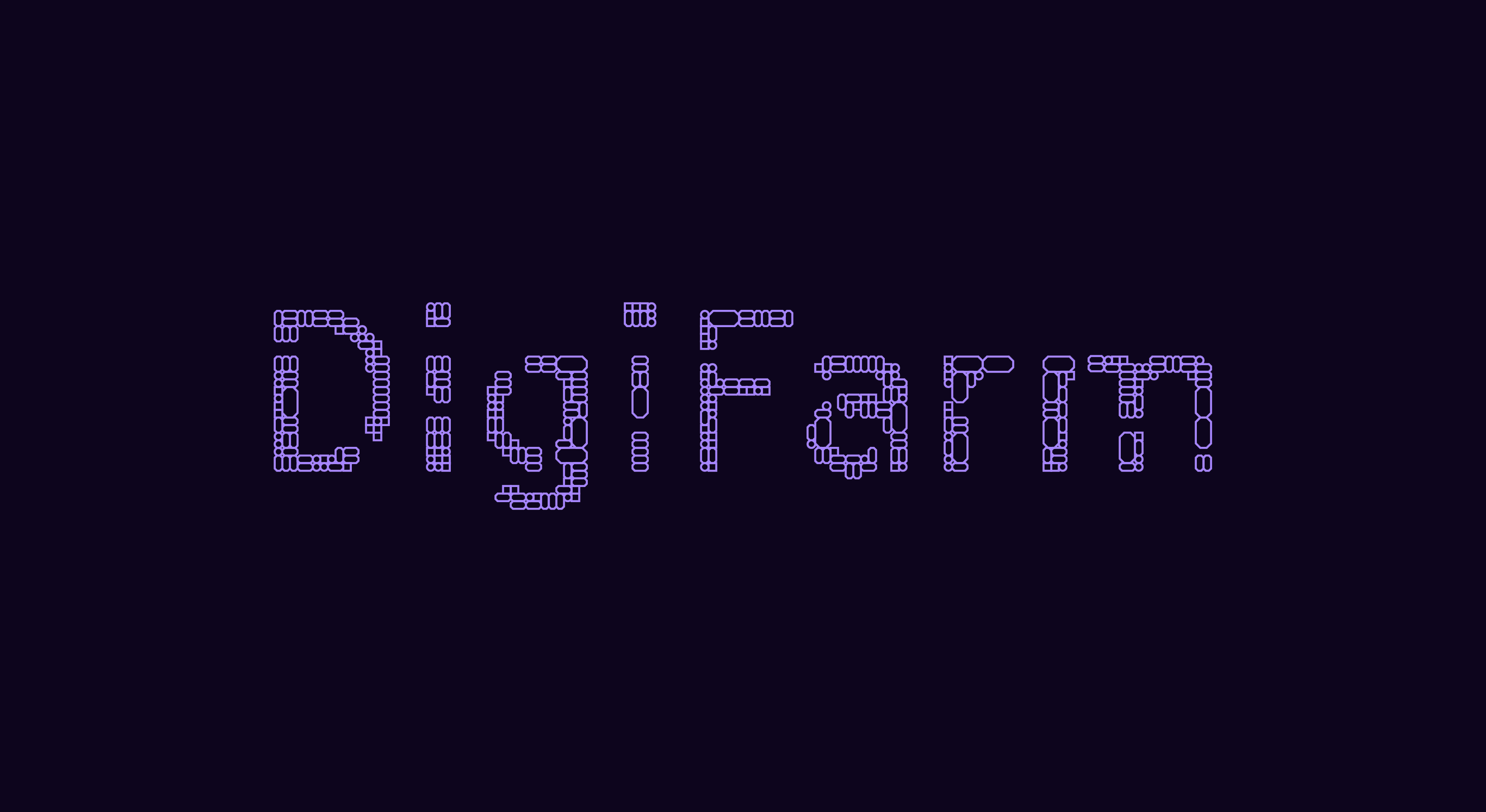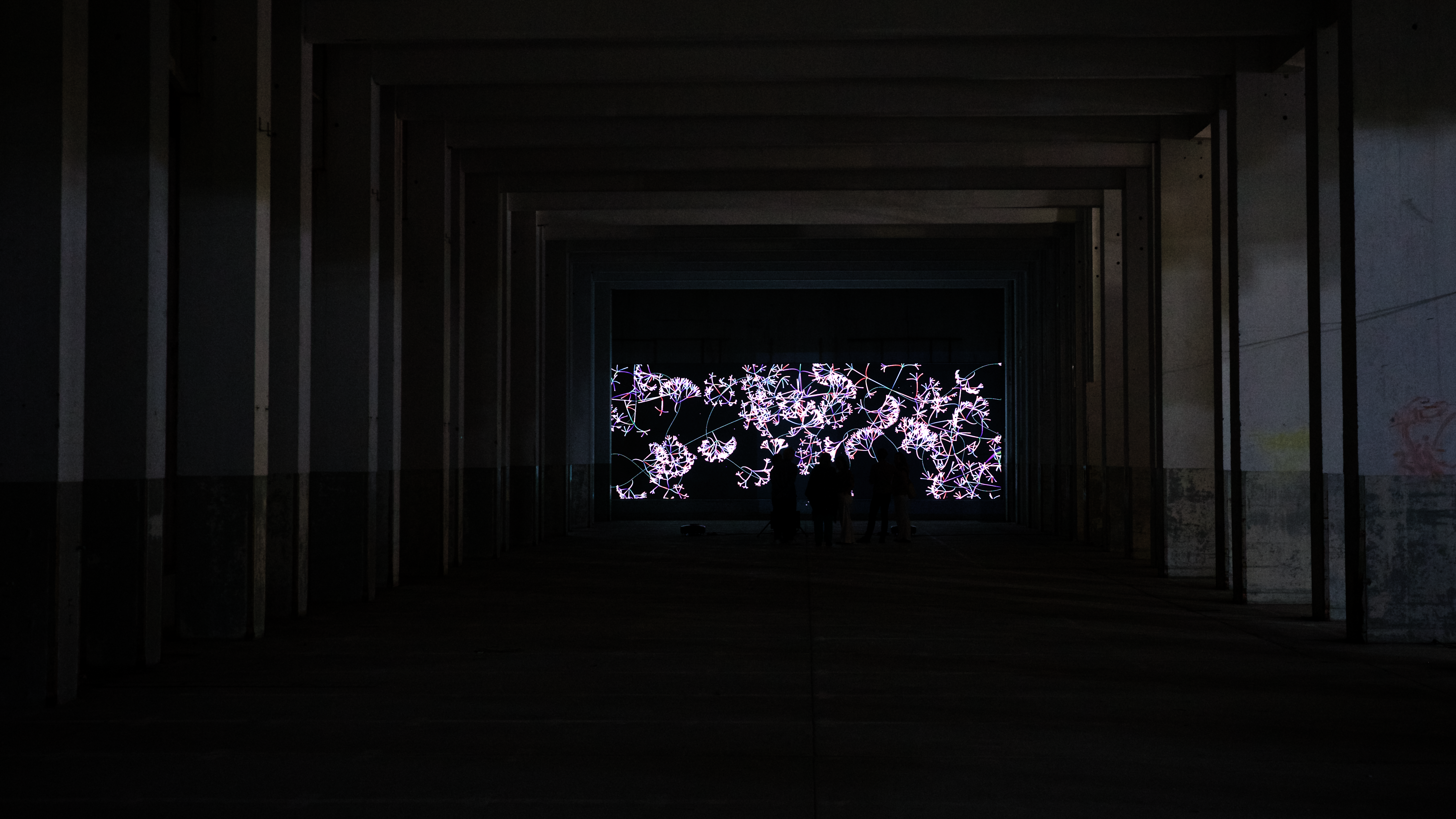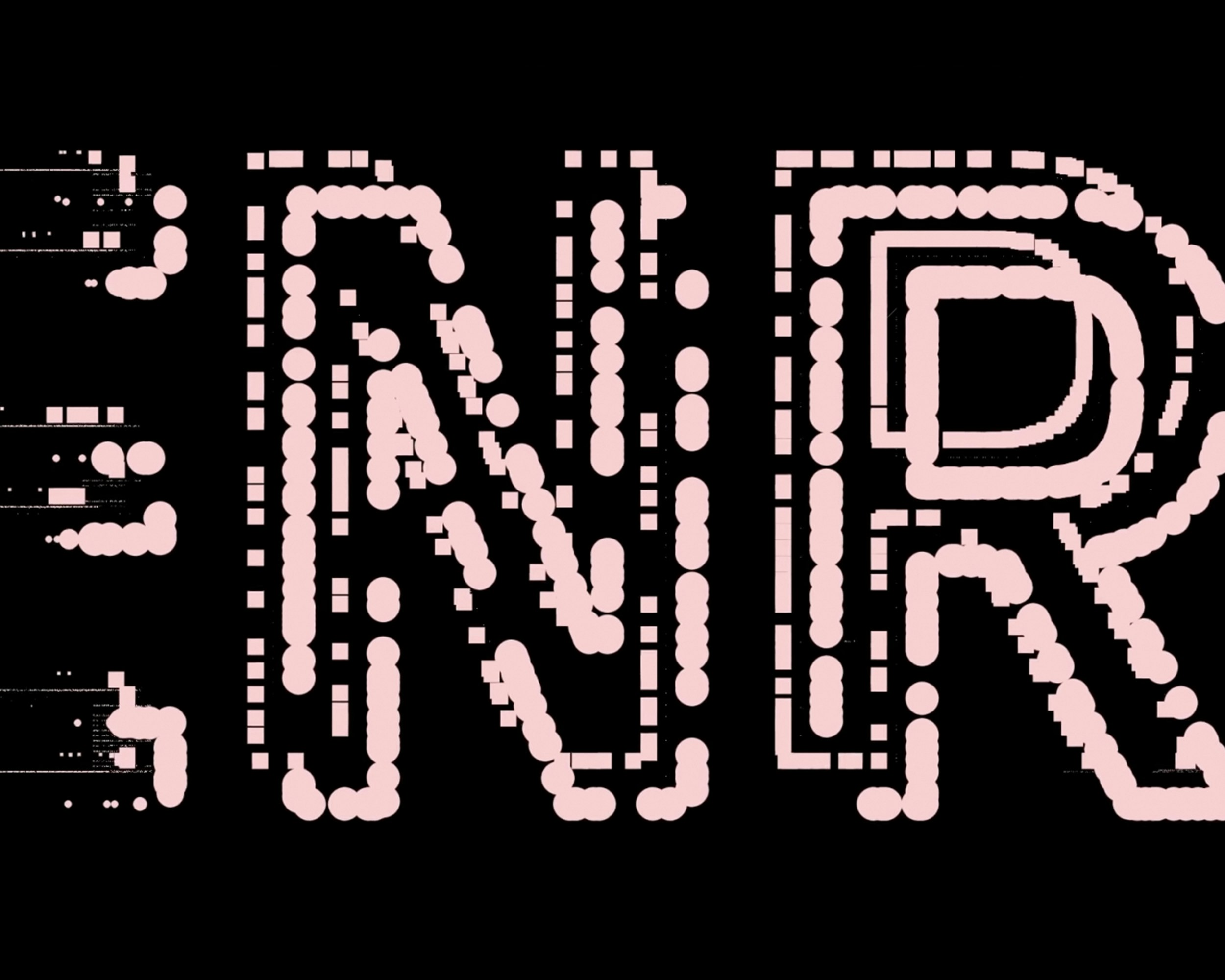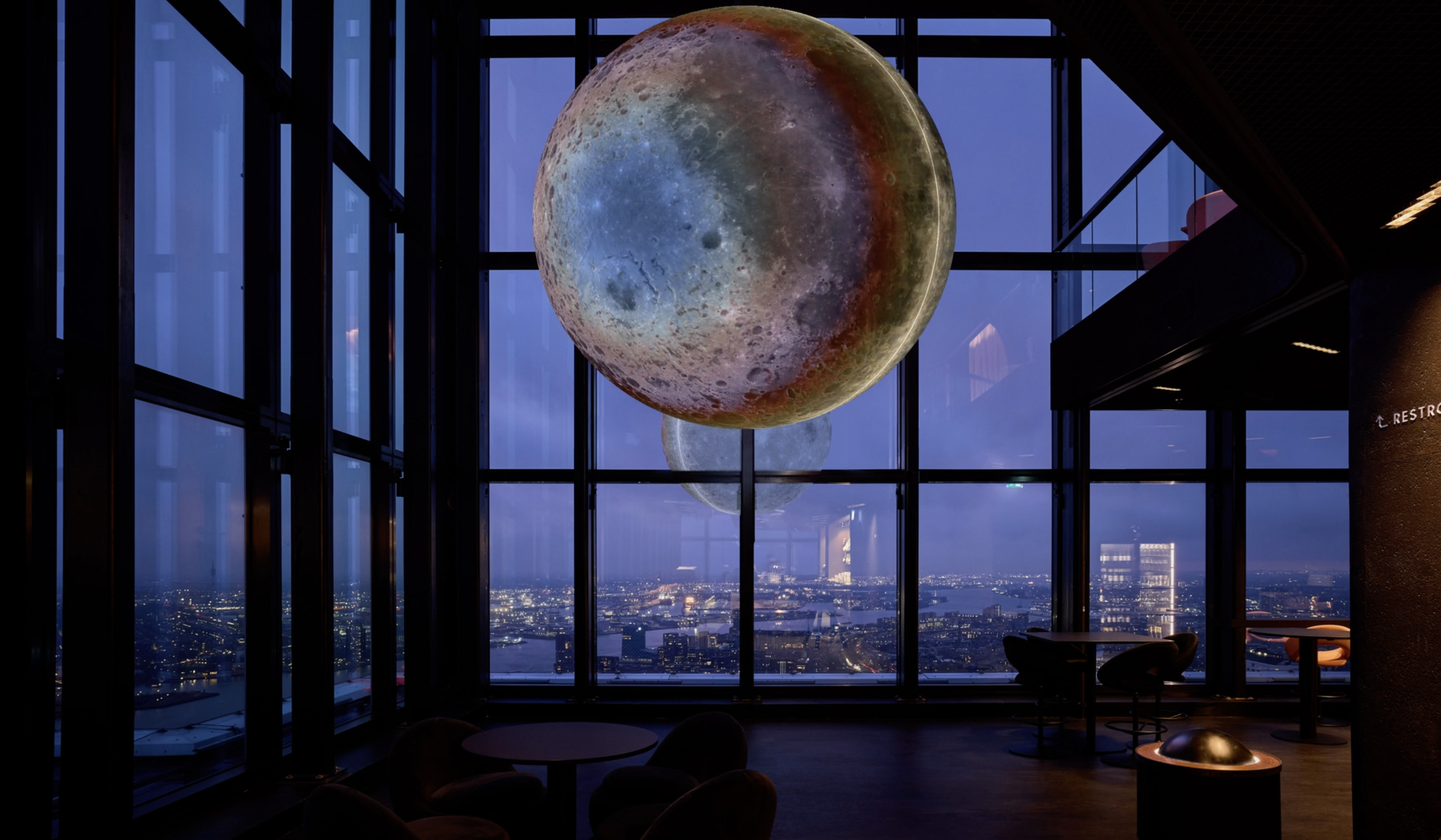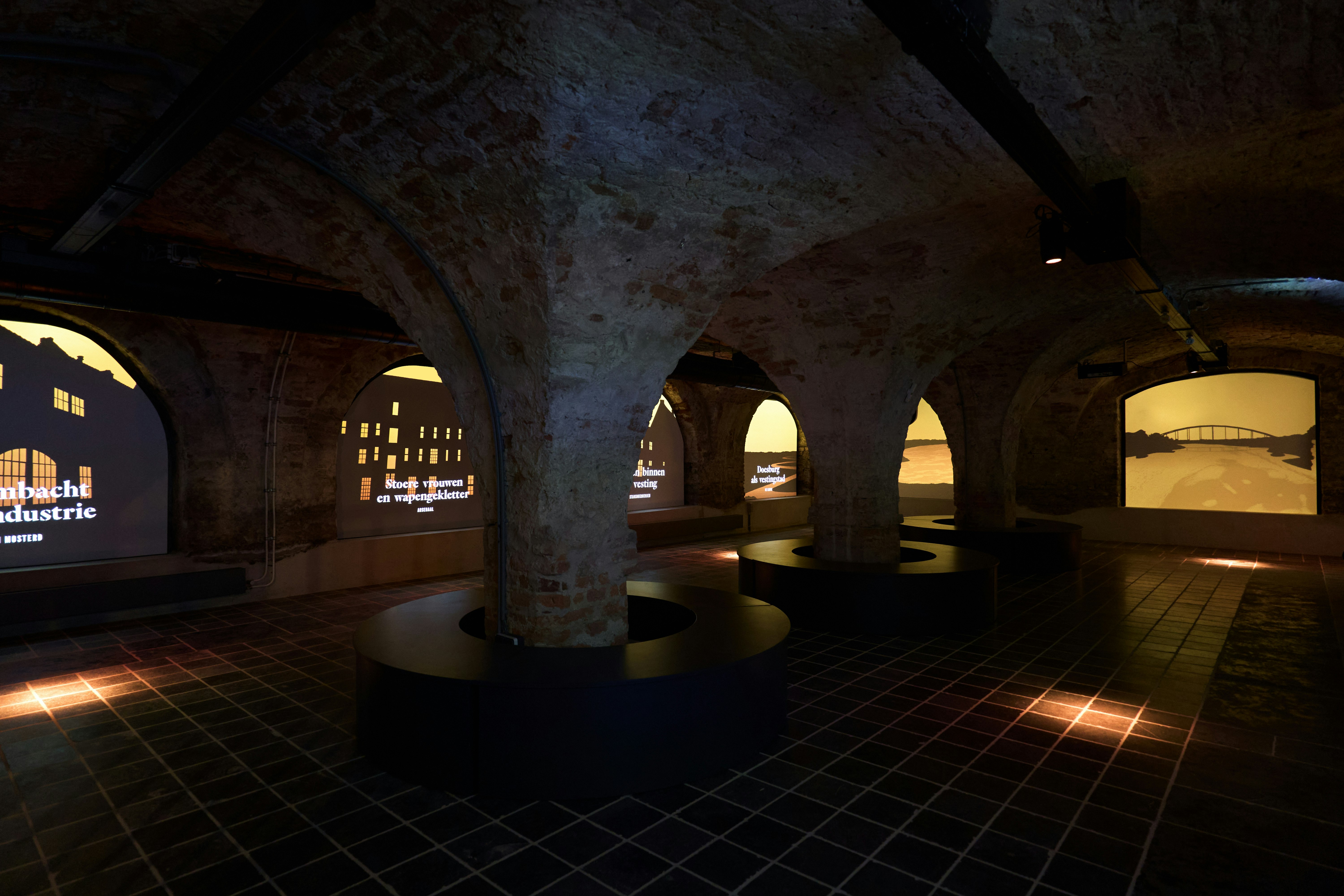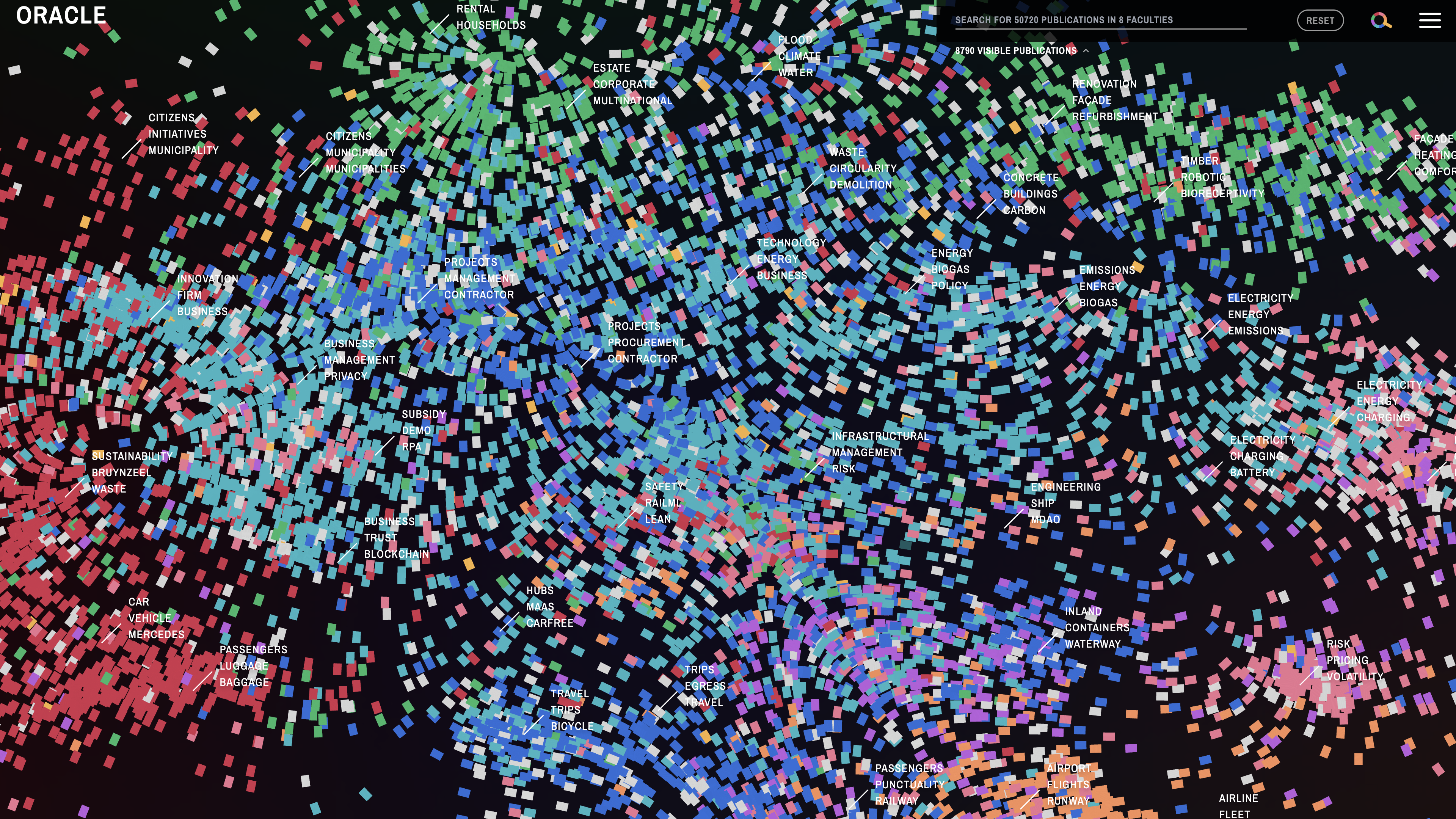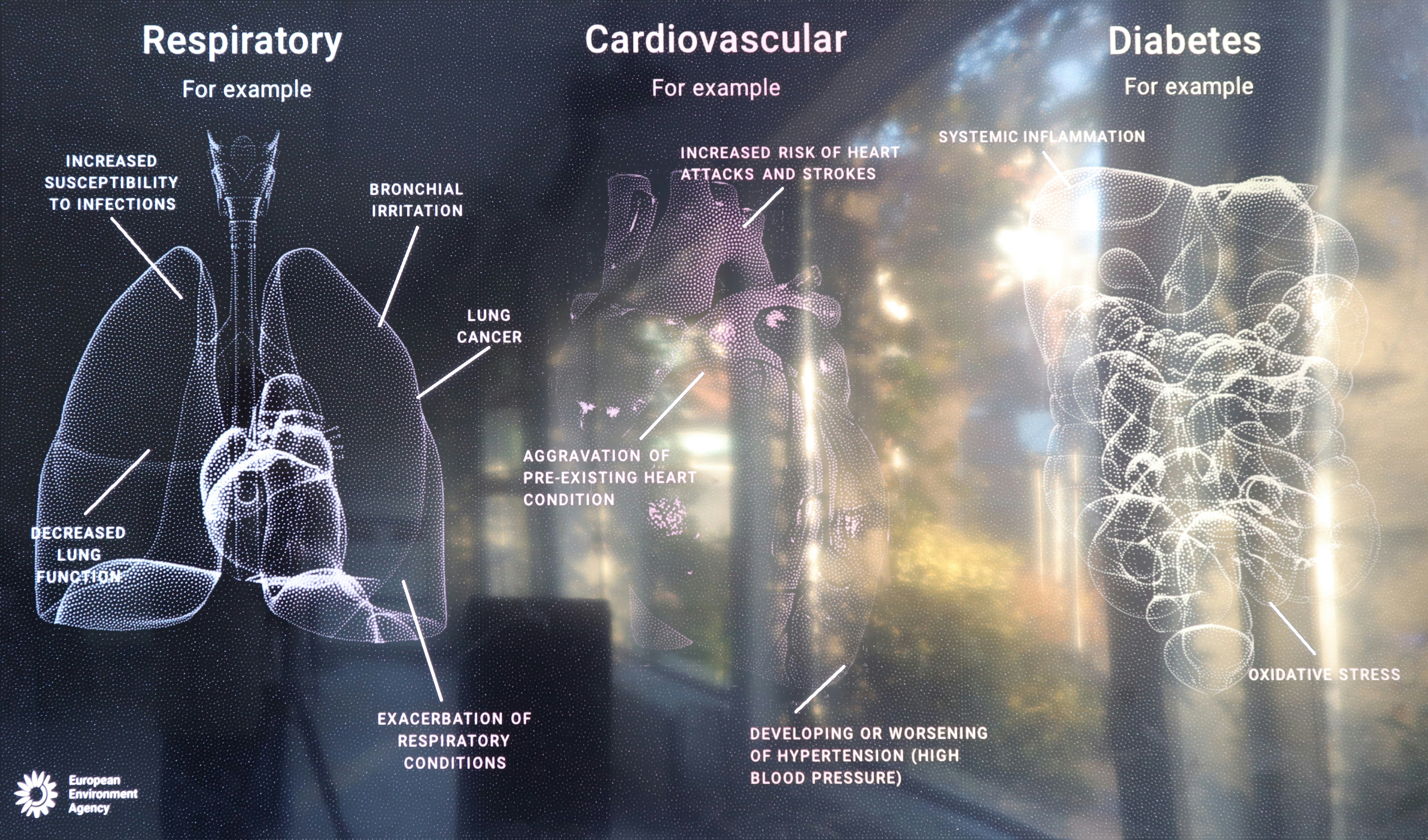The exhibition took place during the 5th annual World Government Summit in Dubai. The theme Climate Change Reimagined has been treated through three sections around water supply, food security and self-sufficient cities:
- Bio-Desalination Plant as a UAE based facility designed to filter locally saltwater into clean drinking water combining the genes of jellyfish with mangrove roots. In this first section, attendees were welcomed onto a projected viewing deck of an offshore bio-desalination plant in Dubai. 360 ° video projections took guests on an immersive journey underwater to see how the facility provides a local means of filtering saltwater into clean drinking water based on natural processes. This freshwater factory they visited is the result of combining the genes of a jellyfish, a highly absorptive natural material, with mangrove roots, one of nature’s best desalinators. In this future scenario, Dubai became pioneers in biomimicry and exports these bio-desalination plants across the world, making fresh water accessible to everyone.
- AutoFarm as a fully automated robotic urban farm that can grow fresh food indoors for entire neighbourhood warehouse. The lush space allowed guests to witness plant seeds being printed and plants, fish and insects being grown with incredible efficiency. Guests even enjoyed tasting samples created by the Food Bot: a machine that harvests produce the moment it is ripe and turns it into nutritious food items.
- City Kit Sales Center as a self-building infrastructure solution using biotechnology and robotics to build pattern of generative self-sufficient cities. Research suggests that over 375 million people will be displaced because of rising sea levels if global temperatures continue to rise. The “City Kit” Sales Centre showed attendees these self-building infrastructures that will assist and remedy this future massive displacement. Summit attendees were asked to test out the Kit and see it in action using an interactive demo. The demo showed deployment from the sky and within seconds the Kit unfolding itself into a skeleton of a house. After evaluating local surroundings, it transforms local resources into building materials. As more Kits are dropped, they connect together to develop a fluid urban network that grows organically.
